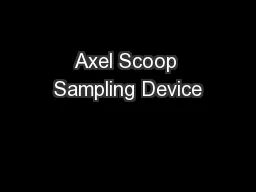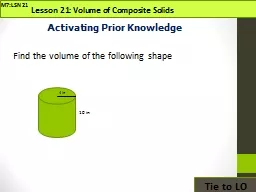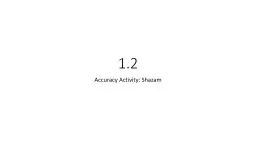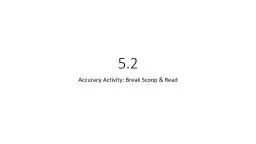PPT-Axel Scoop Sampling Device
Author : lois-ondreau | Published Date : 2016-07-03
Summer Seminar Day Presentation Nikola Georgiev 08232012 1 Introduction to Axel Rover The Axel rover is designed to access extreme extraplanetary terrain that
Presentation Embed Code
Download Presentation
Download Presentation The PPT/PDF document "Axel Scoop Sampling Device" is the property of its rightful owner. Permission is granted to download and print the materials on this website for personal, non-commercial use only, and to display it on your personal computer provided you do not modify the materials and that you retain all copyright notices contained in the materials. By downloading content from our website, you accept the terms of this agreement.
Axel Scoop Sampling Device: Transcript
Download Rules Of Document
"Axel Scoop Sampling Device"The content belongs to its owner. You may download and print it for personal use, without modification, and keep all copyright notices. By downloading, you agree to these terms.
Related Documents













